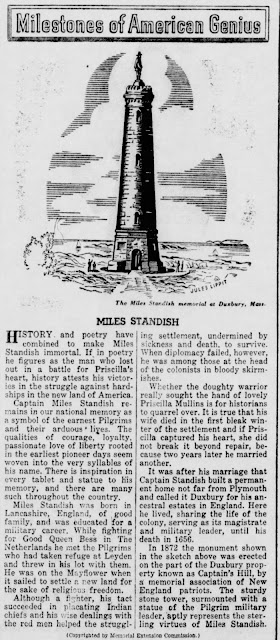Photo from U S History The Boston Patriots Not only did Paul Revere take a midnight ride, he was also a silversmith and artist. His engraving of the Boston Massacre was used by patriots throughout the colonies as Revolutionary propaganda.
From Saturday, March 5, 1898 Boston Herald (Boston, Massachusetts) Page: 12
Other documented sources of this map can be found in the Legal Papers of John Adams, Volume 3 Belknap Press of Harvard University Press, 1965.
The Paul Revere Heritage Project Notes: The diagram shows the street plan of the location with figures of the bodies lying down marked with the initials of those whom they belong. It takes some effort to decipher these marks. On the bottom left, you can see two bodies laying together marked by ‘A’ and ‘G’ close the hard-pressed circle of British bayonets. These are Attucks and Gray who, witness agreed, died at the soldiers’ feet. The boy, Maverick, was shot while standing in Quaker Lane. In the diagram his little figure is marked with a ‘G’, presumably for his master, Isaac Greenwood. James Caldwell is indicated correctly with a ‘C’. This drawing was made before Patrick Carr died, because his is not present in it.
According to the Boston Massacre Historical Society the diagram was created to show the position of the British regulars and the Boston citizens killed during the incident. At first glance the image may look like a street plan, but if you look close you can clearly see the bodies laying on the street signed by the initials of those who fell there. It is like a modern-day police sketch of a crime scene. Let’s take a closer look at what is pictured here.
On the bottom left, you can see two bodies laying together marked by ‘A’ and ‘G’ close the hard-pressed circle of British bayonets. These are Attucks and Gray who, witness agreed, died at the soldiers’ feet. The boy, Maverick, was shot while standing in Quaker Lane. In the diagram his little figure is marked with a ‘G’, presumably for his master, Isaac Greenwood. James Caldwell is indicated correctly with a ‘C’. This drawing was made before Patrick Carr died, because his is not present in it.
There is more animation in these struggling pen and ink figure than Paul Revere ever got into his more formal engravings. They suggest that he himself had stood in King Street that night and had actually seen the men dead and dying about him.
From The Magazine of American History, Volume 15
A.S. Barnes & Company, 1886
From The Magazine of American History, Volume 15
A.S. Barnes & Company, 1886
See Also John Tileton's School Boston
Boston Athenaeum The Bloody Massacre
I have PDFS of all the Articles and Books Please contact me happy to share.











































